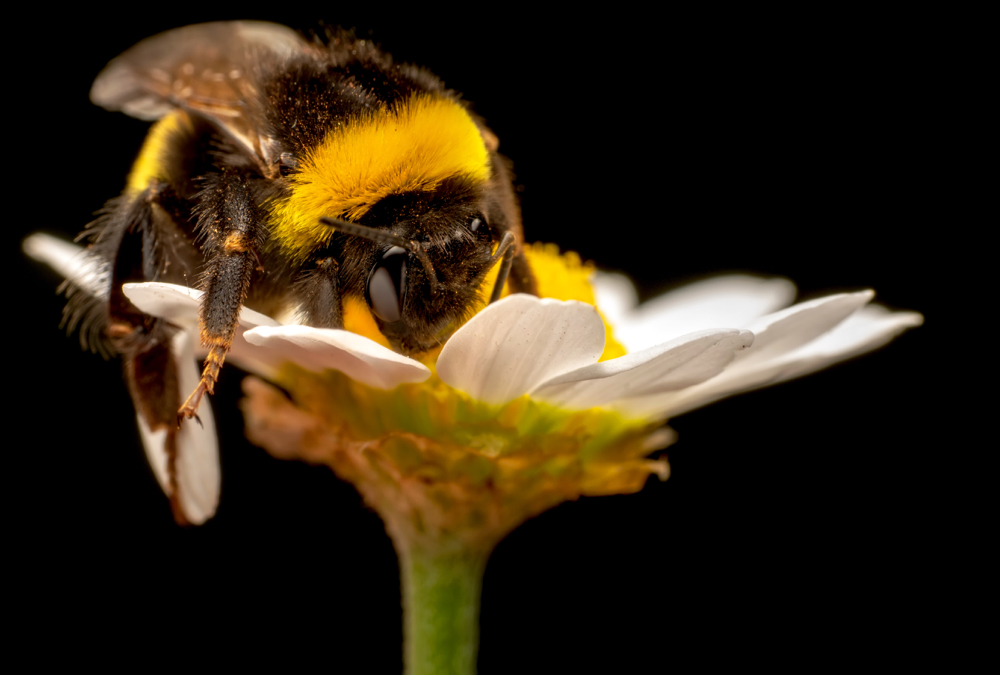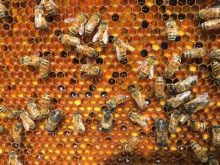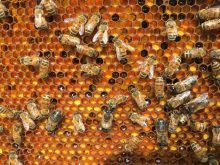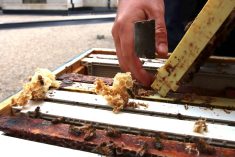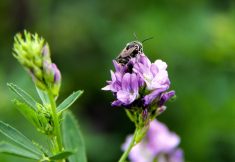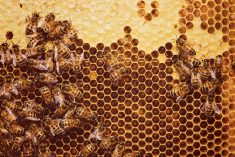Glacier FarmMedia – Thirty years is a long time to wait.
For John Sutton, the wait has been worth it because his novel idea from the late 1980s is finally coming to market.
The United States Environmental Protection Agency recently approved a Canadian technology that uses bees to deliver a bio-control fungus that protects plants from diseases.
Why it matters: A new bio-control delivered by bees could dramatically change how crop protection products are applied.
Read Also

Women who fed a nation
More than 40,000 young women supported the war effort between the 1940s and early 1950s, helping grow and harvest crops amid labour shortages. They were called Farmerettes.
Branded as Vectorite, the bio-control prevents disease development in a range of crops, including strawberries, blueberries, almonds and sunflowers.
Bee Vectoring Technologies (BVT), the Ontario firm behind the product, said the EPA approval is a huge step forward for the company and farmers.
“It represents a ground-breaking shift in how plant-care products can be applied,” said Ashish Malik, chief executive officer of BVT. “By using commercially reared bees to deliver biological products, growers can protect crops, increase crop yields and enhance their sustainable growing practices by reducing the use of chemicals.”
The bio-control, a fungus called Clonostachys rosea or CR-7, is the first registered product for BVT and a first for the EPA.
“It’s the first active ingredient approved by the EPA for application via bees, known as ‘bee vectoring,’” BVT said in a news release.
The bees deliver the CR-7, or Vectorite, by walking through a tray covered with a fine powder when they leave the hive. They pick up the Vectorite powder and leave it in a plant’s flower, as they forage for pollen or nectar.
While the EPA approval is a first, the concept is not new.
In 1990, Sutton, an expert in biological disease control who was at the University of Guelph from 1969 to 2012, published a paper showing bees can carry a biological agent to protect crops against disease.
After testing hundreds of candidate fungi, he discovered that Clonostachys has unusual properties that can protect crops from diseases like botrytis and sclerotinia, or grey mould and white mould.
“What this fungus has shown itself capable of doing is essentially it blocks the development of these kinds of pathogens. Necrotrophic pathogens…. (It’s) a very broad group of pathogens on many crops,” said Sutton, who now works as a consultant for BVT.
“This is why this fungus is especially useful.”
For years, Sutton tested Clonostachys on dozens of plants. The spores are applied as a powder or a spray, then the fungus establishes inside the plant tissue, like a plant leaf or flower.
“There are no symptoms (for the crop). It creates tiny, tiny colonies which are extremely difficult to see,” he said.
When the spores from a disease, say botrytis, try to colonize a plant, the clonostachys fungi responds almost immediately to the threat.
“Something in there triggers a rapid growth from these tiny colonies, so it occupies those (plant) tissues,” Sutton said, thus preventing disease development. “That’s the main mode by which this works.”
The clonostachys fungus could be applied to crops as a spray, but bee delivery is more efficient, Sutton explained.
Pathogens often use flowers as an entrance way to the plant.
It’s difficult to time spraying so that every flower in a field receives a spray of the protective fungus at the right time.
“If you’ve got a flower that’s been open for two days, chances are the sclerotinia or botrytis has already got going,” Sutton said.
“Bees tend to be at the flowers as soon as they open. And they are there every day.”
The American approval is a significant milestone for Bee Vectoring Technologies because of the size of the U.S. market. As well, regulatory agencies in other countries usually follow the EPA’s lead.
BVT will begin selling Vectorite immediately for strawberry and blueberry crops that are grown in the fall and winter in America.
The company is also testing the technology on sunflower crops in the Dakotas. Sutton has tested it on canola in Ontario.
He thinks it can work but the sheer number of canola flowers in a field could be a challenge because it would require a substantial number of bees.
Looking forward, he believes BVT will develop other ways to deliver the beneficial fungus.
“I think we will see other types of treatments. Some will be foliar. Some will be seed treatment.”
This article was originally published at the Western Producer.




